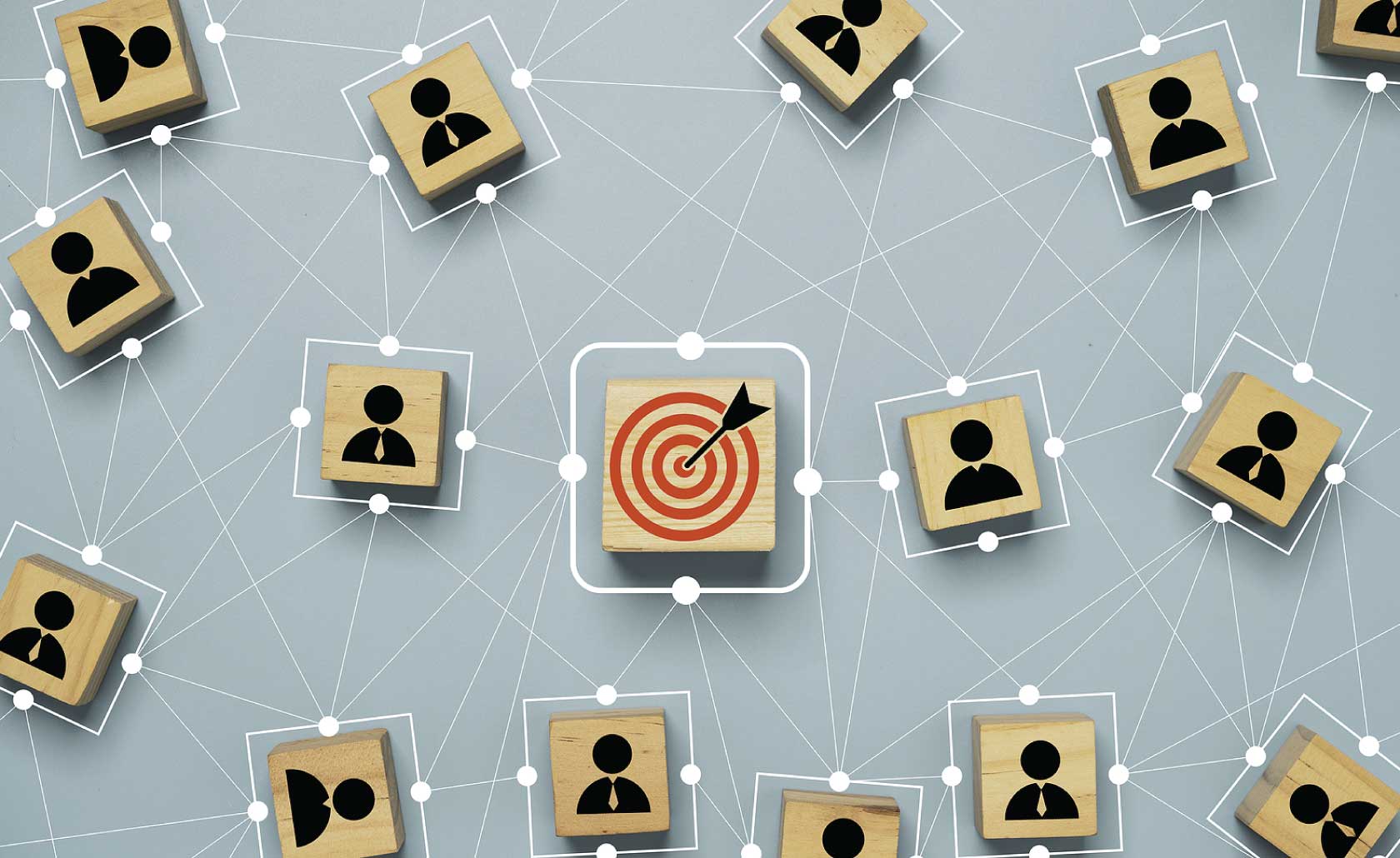The definition of audience targeting is exactly what it sounds like. It’s the practice of using data to put consumers in groups (or segments) by demographics or interests to find the right person on the right device at the right moment. It helps companies get their products in front of people who may be interested based on the characteristics and behaviors that are compatible with what the product solves for. The problem is, there is a lot of controversy over whether targeting and collecting people’s data is an invasion of privacy. The biggest example of this issue coming to light was the lawsuit against Facebook in 2018.
According to BBC, the Federal Trade Commission’s Bureau of Consumer Protection began investigating Facebook in March 2018 after it was revealed that personal data from Facebook users was illegally collected from an online personality quiz and sold to Cambridge Analytica, a data analytics firm. Some believed the data may have been used to try and influence the Presidential Election in 2016 and the UK Brexit referendum. The data of millions of users, mainly in the US, was collected without their explicit consent by their friend networks according to the whistleblower. While this instance may have been a misuse of data scandal, with it being sold without explicit consent, all data collection and targeting shouldn’t be viewed through the lens of negativity. As a result, Facebook paid billions to the Federal Trade Commission, ~$643k to the U.K.’s Information Commissioner’s Office for its role in the Cambridge Analytica scandal and suspended tens of thousands of apps associated with 400 developers.
General Data Protection Regulation (GDPR)
Beginning in 2016, companies around the world were given two years to comply with the GDPR that was implemented in the European Union (EU) but applies to any company that offers products and/or services to EU customers. This law provides users more clarity around how a company plans to use their data. Before this law, a simple “I Agree” button was sufficient with unclear messaging around what they were agreeing to. Because of GDPR, it is more difficult for companies to use vague, unfair, and confusing language for user agreement. It also sets rules around how data is stored, shared, and gives users the ability to revoke permission at any time. Any data breaches must be reported to the concerned authorities within 72 hours and users informed without any undue delay after the company becomes aware of it.
Why Companies Want Your Data
Roughly 2.5 quintillion bytes of data are generated every day. Companies can collect this data from a variety of devices, such as fitness watches, smartphones, a user’s IP address, location, past search queries, and even retarget them based on ads they’ve clicked before. By collecting data about their customers, businesses can improve every aspect of their business and give the customer a much better user experience.
Knowing who their customers are, helps them identify their target personas. It helps them understand the way their customers behave online, their overall demographics, and identifies opportunities through the journey for improvement. Having these data points informs the marketing strategy so they know when someone is most likely to take action, what types of people are interested in their products and more. Marketing dollars are able to go further and reach the right people because they can find them.
Why Consumers Should Be Ok Sharing Data
For starters, many companies provide free content in exchange for your data. Social media companies like Facebook, Tiktok and YouTube can offer free accounts for people to consume content because they are paid for by advertisements. If marketers, were not able to market on these platforms effectively, then users would not get the same experience for free. Most would likely turn into subscription-based apps. Would you want to pay for access to Facebook or Google, if that meant the ads would go away? Is it worth it? When you’re shopping online, wouldn’t you rather get a 15% off coupon for the cart you were just building rather than an ad for diapers when you don’t have any kids?
Being Able to Know the Perfect Consumer Helps Us Help Others
Silverlight Digital is dedicated to helping the industry move in the direction of a people-centered marketing strategy. We want to show you relevant information and ads that apply to your situation so that you are informed. For example, if you knew a caretaker of a child with epilepsy having a hard time swallowing a pill, and we know a company that’s solved the problem with a new drug that dissolves on contact. Wouldn’t you want to know about it? The only way to get the information in front of you is with access to data that tells us key characteristics and targets for the right patient, caretaker and/or health care providers, so we can target the right people and raise awareness of existing solutions.
Marketers don’t want to blanket everyone in the world with the same ads. That would be ineffective and inefficient. The goal of targeting is to show up for the people who need or would like what our client is selling most. How do we know who that is? We gather information and data from multiple sources and target with respect to data regulations.




